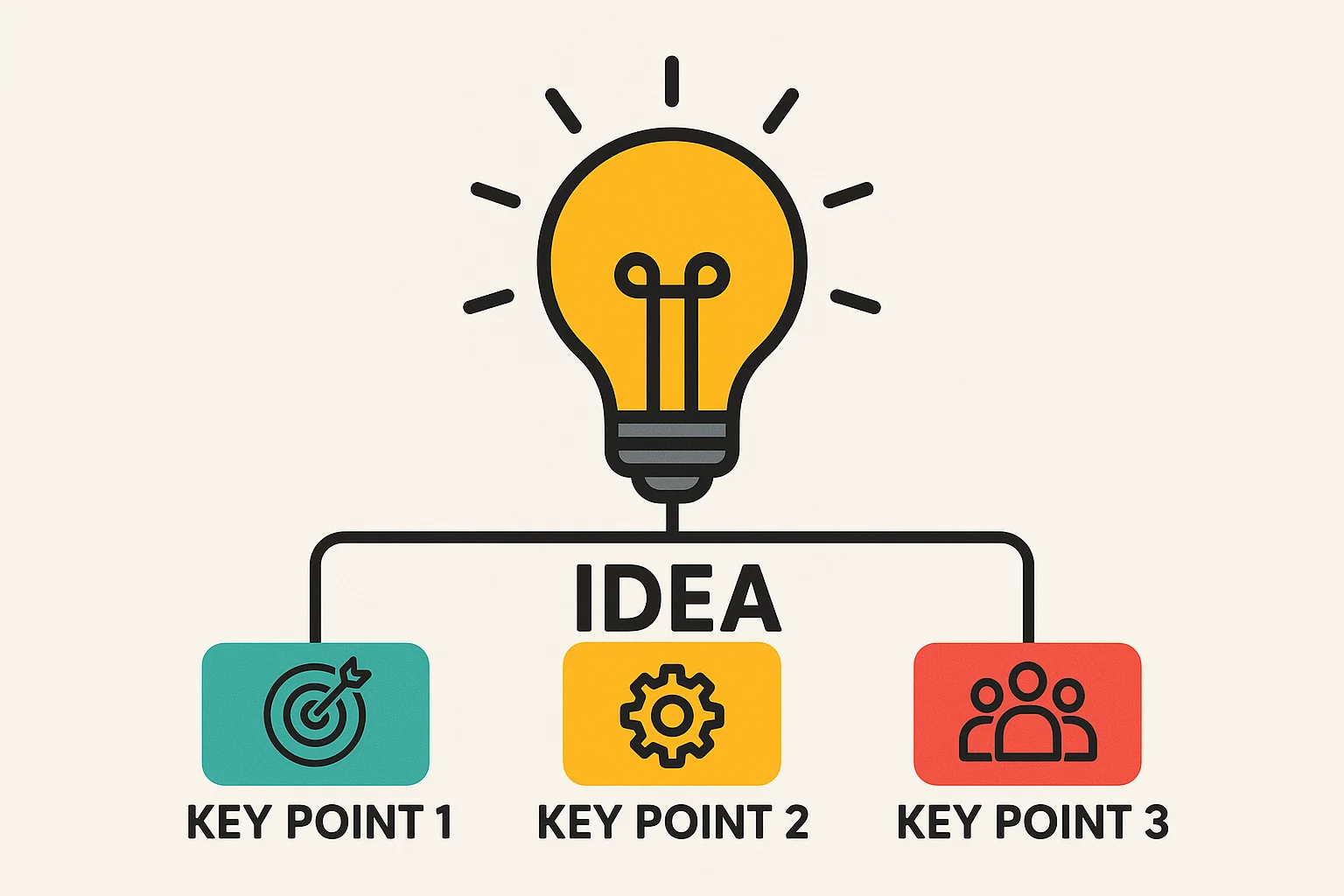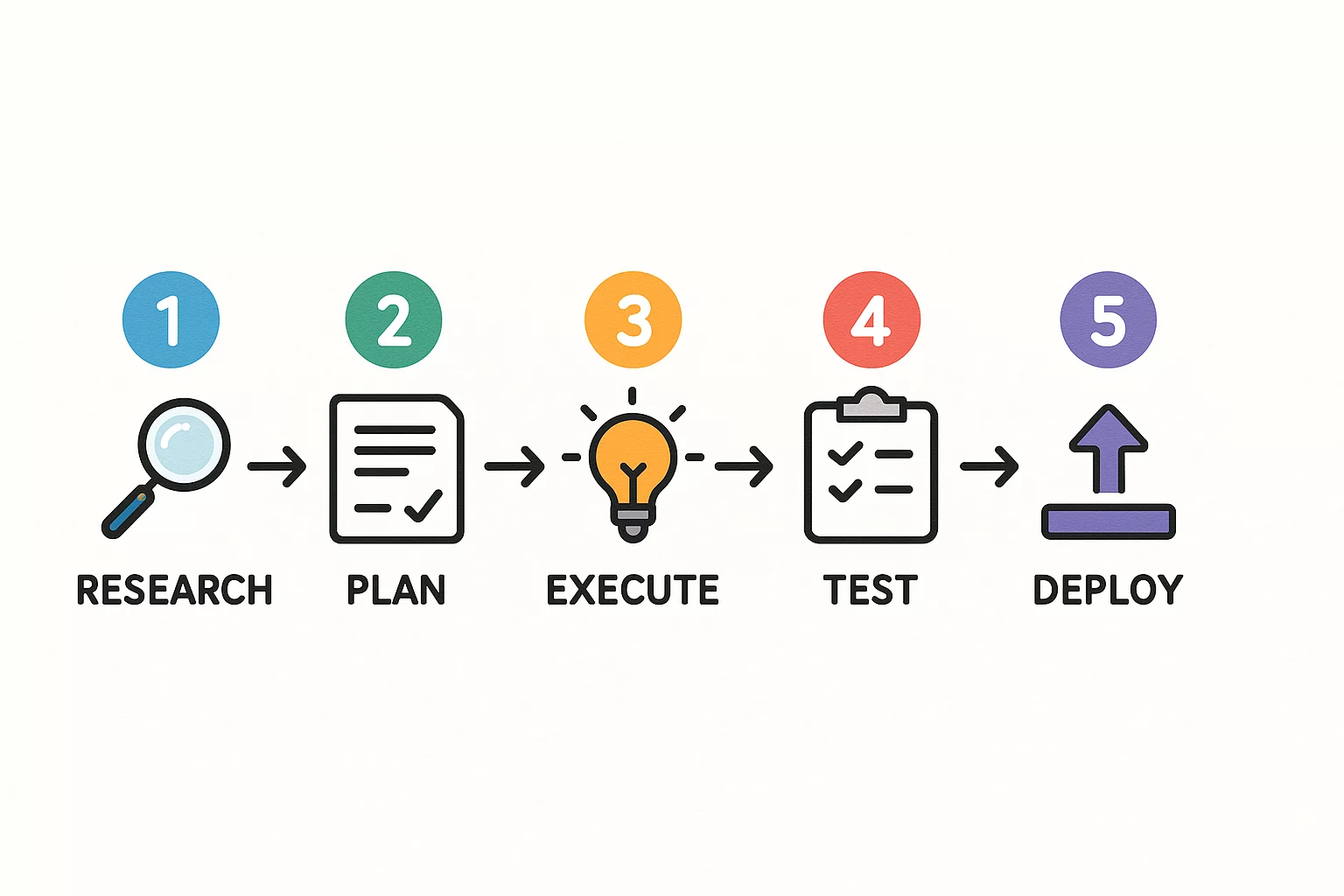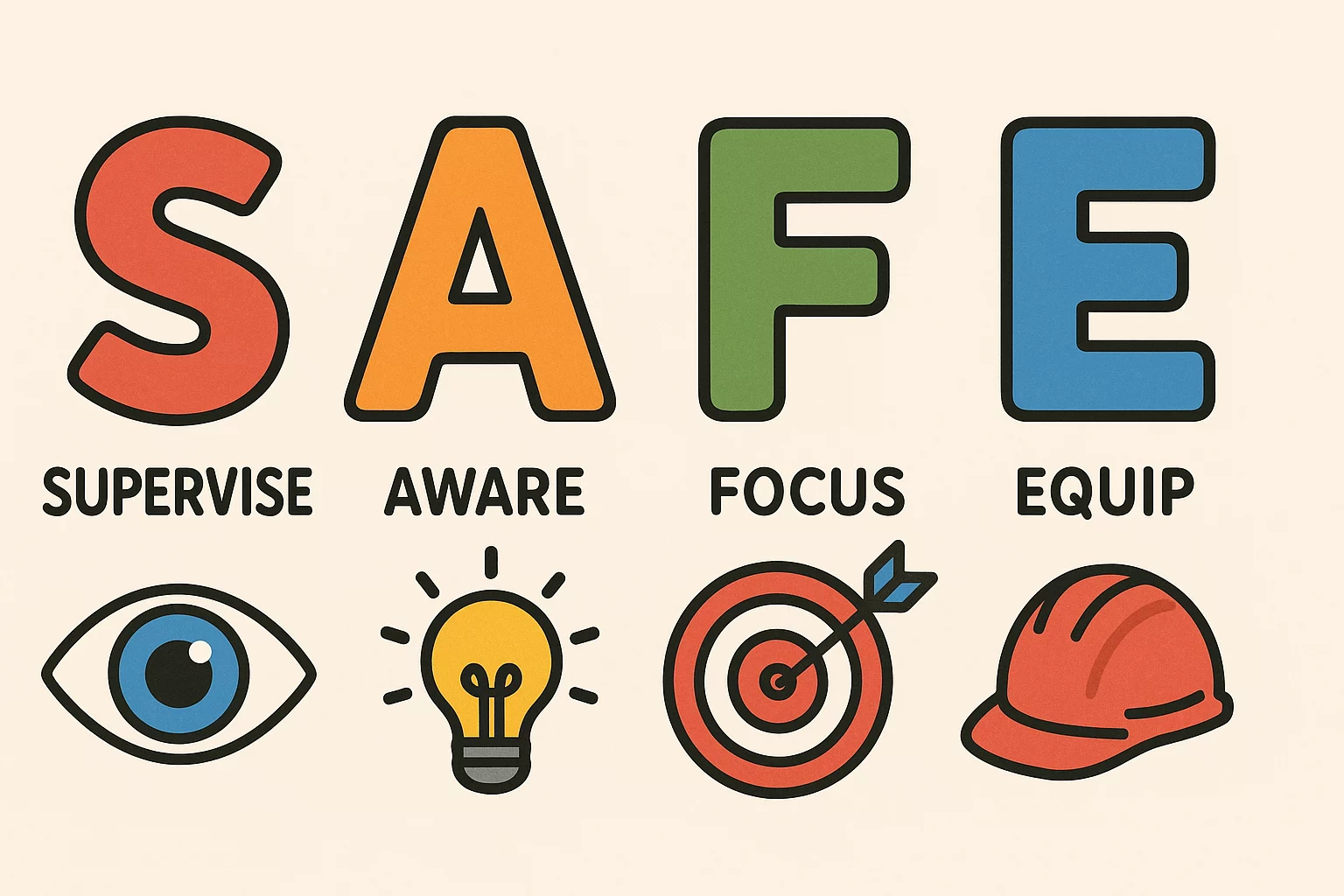Imagine two solar modules that look identical. Both have the same power rating and come with a 25-year performance warranty. One was built on a largely manual production line; the other, in a highly automated facility. For an investor or project developer, does this difference matter?
The answer is a definitive yes.
The manufacturing process is one of the most critical, yet often overlooked, factors in a solar module’s long-term performance, reliability, and ultimately, its bankability. While manual labor has its place, the precision and consistency of automation deliver a level of quality assurance that human hands cannot match. This difference has profound implications for the success and profitability of your solar venture.
The Human Factor: An Unseen Risk in Module Manufacturing
In any manufacturing process, human error is an unavoidable variable. For solar module production, where precision is paramount, even the smallest inconsistencies can lead to significant problems down the line. Studies consistently find that the majority of module defects originate during production, not from the raw materials themselves.
Manual soldering, for example, is a primary source of failure. A tired or distracted worker might apply inconsistent heat or pressure, creating microcracks in the solar cells. These tiny fractures are invisible to the naked eye but can grow over years of thermal cycling—the expansion and contraction from day to night—leading to power loss and eventual module failure.
Common challenges with manual production include:
-
Inconsistent Soldering: Leads to microcracks and ‘hot spots’ that degrade performance.
-
Cell Misalignment: Reduces the module’s total power output.
-
Handling Damage: Minor scratches or contamination can create pathways for moisture, causing long-term delamination and corrosion.
These aren’t just technical issues; they are financial risks. A high rate of field failures can erode profits through warranty claims and damage your company’s reputation, sometimes before it is even fully established.

Automation as the Bedrock of Quality
Automated production lines are designed to eliminate the variables that introduce risk. They perform critical tasks with a level of precision and repeatability that is simply not achievable manually.
The Art of Perfect Soldering, Every Time
The interconnection of solar cells is arguably the most delicate step in module production. Automated stringer machines are the industry standard for ensuring this process is flawless. These systems use advanced robotics and imaging to:
-
Apply Uniform Heat and Pressure: This prevents the mechanical stress that causes microcracks, ensuring the long-term integrity of every cell.
-
Guarantee Perfect Alignment: Every cell-to-cell connection is identical, maximizing the electrical conductivity and overall efficiency of the module.
-
Operate with Unwavering Consistency: An automated stringer performs with the same precision on the first module of the day as it does on the last, 24/7.
This consistency is the foundation of a reliable product. When you can trust that every solder joint in every module is perfect, you are building a product designed to meet—and exceed—its 25-year performance warranty. For a deeper look into the technologies involved, you can explore our overview of modern turnkey production lines.

Data: The Ultimate Proof of Quality
One of the most powerful advantages of automation is its ability to generate data. A modern, automated line doesn’t just assemble modules; it documents every step of the process.
Imagine having a complete digital record for every single module that leaves your factory. Automated Quality Assurance (QA) systems provide exactly that. From the moment a raw wafer enters the line to the final flash test, every component is tracked.
This traceability offers immense value. For you, it means that if a specific batch of materials is later found to be faulty, you can instantly identify every affected module, even years after it was sold. For your customers, it offers undeniable proof of quality through detailed production reports. And for financiers, this data is the very core of bankability.
What is Bankability and Why Does it Depend on Your Factory?
Bankability is a term used by financial institutions to describe their confidence in a solar project’s ability to generate a reliable return on investment over the long term. A key factor in their assessment is the quality of the solar modules used.
Banks, investors, and insurance companies need proof that the modules will perform as promised for 25 years or more. A datasheet and a warranty are not enough. They want to see evidence of a robust, repeatable, and well-documented manufacturing process.
An automated factory provides this evidence. Its consistent production methods and comprehensive QA data demonstrate that your modules are not a product of chance but of disciplined engineering. This makes it far easier for your clients to secure financing for projects using your modules, which in turn makes your product more attractive in the market. Understanding the entire process from concept to completion is key to building a bankable business, a journey we call The J.v.G. Way.
Frequently Asked Questions
Is a fully automated line always better than a semi-automated one?
For critical processes like cell stringing and lamination, full automation is the industry standard for ensuring high quality and bankability. Semi-automated lines can be a valid starting point for certain markets, but the key quality-defining steps must be controlled by precise machinery, not manual labor.
Does automation eliminate the need for skilled workers?
Not at all. It shifts the focus. Instead of performing manual assembly, your team will consist of skilled technicians who operate, maintain, and oversee the automated equipment. Your staff members become quality controllers and process managers—a more reliable and scalable approach to manufacturing.
How does automation impact production costs?
While the initial investment in automated equipment is higher, it significantly reduces long-term operational costs. You benefit from higher throughput, lower defect rates, fewer warranty claims, and more efficient use of materials. This results in a lower cost per watt and a more competitive, profitable business over time.
Can I see the production data for each module?
Yes. A key feature of modern, automated solar module manufacturing is the Manufacturing Execution System (MES). This software platform collects and organizes all data, allowing you to track every component and process parameter for each module you produce.

Building a Foundation of Trust
Choosing to build a solar module factory is a significant investment. The technology you select isn’t just about producing panels; it’s about building a reputation for quality and reliability that will attract investors and customers for decades to come.
By prioritizing automation, you are not just minimizing risk—you are creating a product that is verifiable, consistent, and fundamentally bankable. It’s the most secure path to establishing a respected and successful presence in the global solar industry.
Understanding these foundational principles is the first step. The next is applying them to your specific vision. Contact us to begin the conversation.
